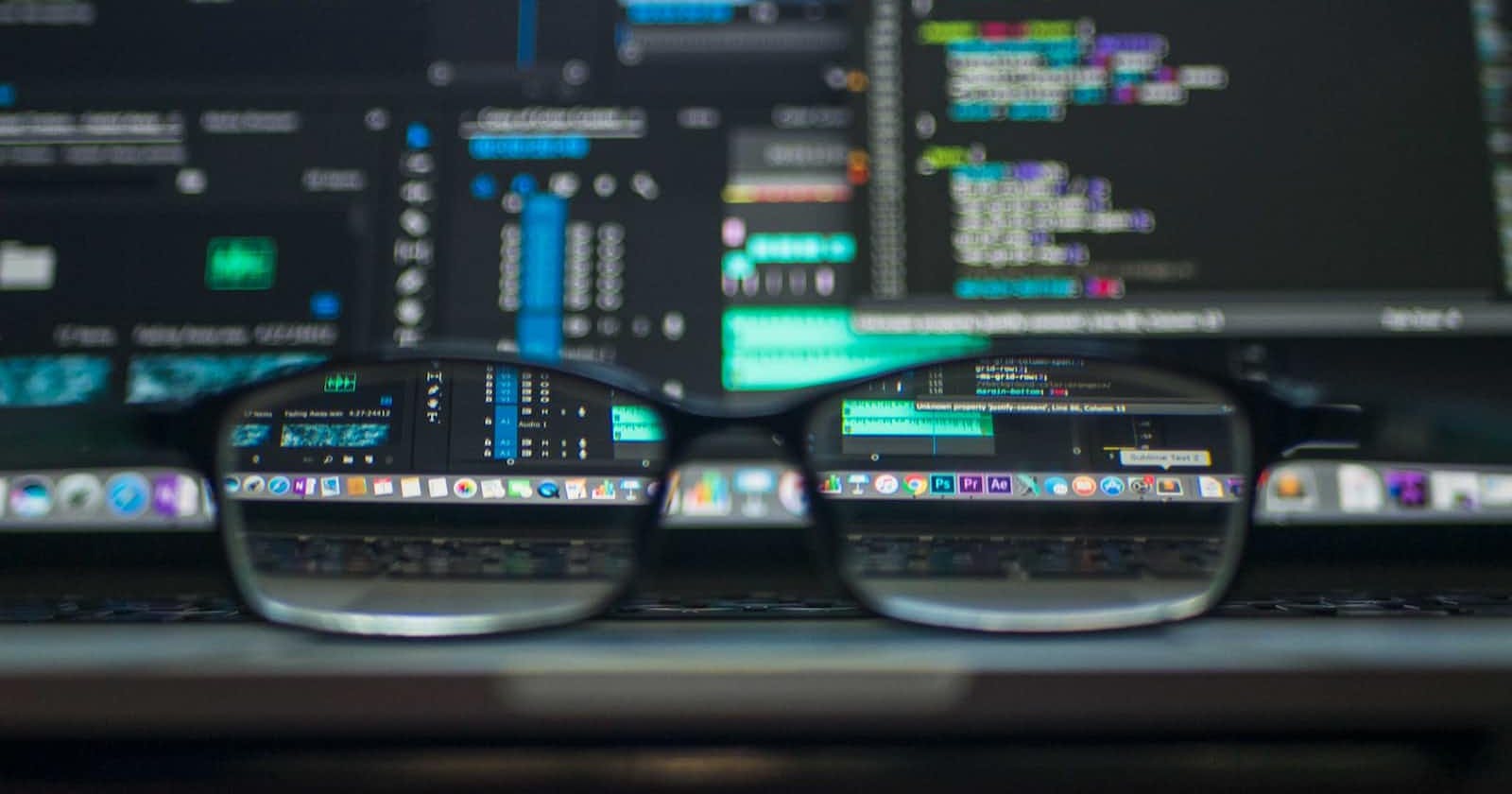Understanding Model Drift in Machine Learning: Definition, Examples, and Use Cases
Introduction:
In the field of machine learning, building a model is just the first step. The real challenge lies in maintaining its accuracy over time. One of the most common issues that machine learning models face is model drift. In this article, we will explore what model drift is, why it occurs, and how to address it in your machine-learning workflows.
Definition:
Model drift is a phenomenon where the statistical properties of the target variable change over time, leading to a degradation in model performance. In simpler terms, when the variables used to make predictions on a particular system change over time, the accuracy of your model can be affected, and it can lead to errors in your predictions.
Examples:
To understand model drift better, let us consider a few examples. Suppose we build a model that predicts demand for smartphones based on various parameters such as age, income, gender, location, etc. These parameters, collectively called features, were used initially to train the model, and it was performing well on the training dataset. However, when a new feature such as the pandemic emerged these older features that were being used earlier might not have stayed that relevant then, or maybe some features had gone missing too. This may have affected the accuracy of the model negatively thus resulting in monetary and temporal losses.
Another example could be a scenario where a company builds a model to predict stock prices using historical data such as volume, price, and news sentiment analysis, but when the environment changes, for example, a new government policy comes in or a major natural disaster, it can drastically change the stock prices, and consequently, the performance of the model is affected.
Use Cases:
Model drift can affect various industries which rely on machine learning models to make decisions. For example, predictive maintenance models in the manufacturing industry that are built to predict equipment failure based on historical data can be affected by model drift. Healthcare prediction models, such as those used to predict readmission rates, could encounter drift due to changes in healthcare regulations, new treatments, or demographic shifts in patient populations over time.
How to Address Model Drift?
One effective way to address model drift is to monitor your model's performance over time. Having a robust monitoring system in place can alert you to any changes in the data distribution, allowing you to identify and mitigate drift early on. Some monitoring techniques include statistical monitoring, continuous validation, and outlier detection.
Another way is to retrain the model periodically on newer data, keeping in mind the new variables and features that come up over time. This would ensure that the model stays up-to-date and can deal with dynamic and ever-changing environments.
Some Python libraries that can address the Model drift problem
TensorFlow Data Validation (TFDV): TFDV is a library for exploring and validating machine learning data. It can be used to detect and visualize changes in data distributions, which can help detect model drift.
scikit-multiflow: scikit-multiflow is a Python package for streaming machine learning that can be used to monitor and update models in real-time. It can help address model drift by detecting and adapting to changes in the data stream.
skmultiflow.drift_detection: This is a module in scikit-multiflow that provides various methods for detecting changes in the data stream that may indicate model drift.
ModelDB: ModelDB is a platform-agnostic library for managing machine learning models. It can be used to track model performance over time and compare it to past performance to detect model drift.
Kubeflow: Kubeflow is an open-source platform for managing machine learning workflows. It includes tools for training, deploying, and monitoring machine learning models, which can help address model drift.
Alibi Detect: Alibi Detect is a Python library for outlier and drift detection. It includes various methods for detecting changes in data distributions and can be used to monitor models for drift.
MLflow: MLflow is an open-source platform for managing machine learning projects. It includes tools for tracking experiments, packaging code, and deploying models, which can help address model drift.
Conclusion:
Model drift can lead to inaccurate predictions, and it is a phenomenon that occurs when the variables that were used to make predictions on a particular system change over time. This article has highlighted some examples of model drift and the industries where it could make a significant impact. We also discussed how to address model drift through monitoring and retraining your models. As the need for more accurate predictions is only growing, being aware and dealing with model drift becomes inevitable in achieving successful and accurate predictions in machine learning.

